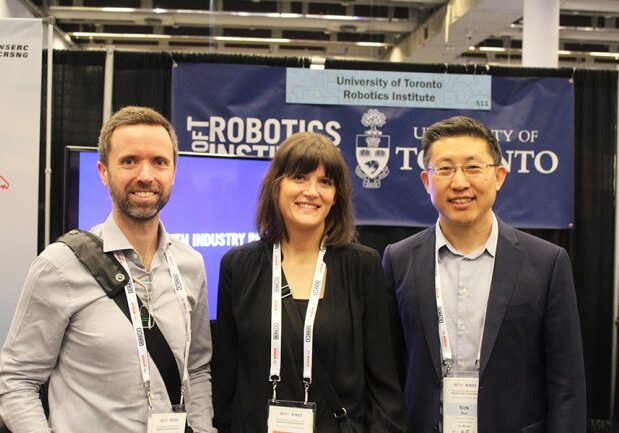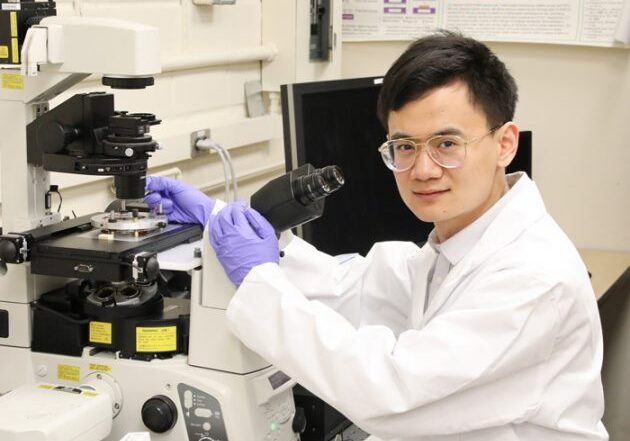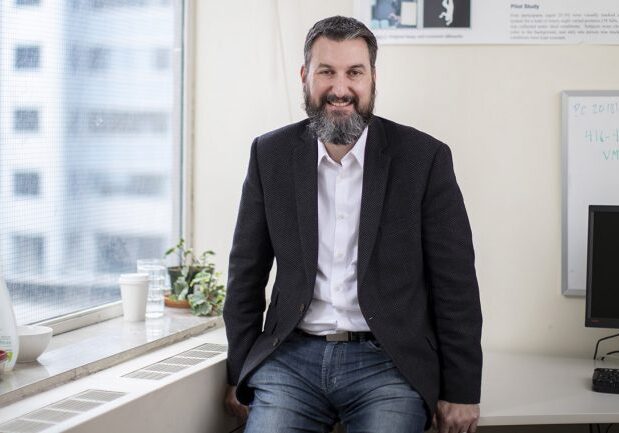
Robotics for elder care: New joint centre fosters global collaboration
Researchers at U of T Engineering and Huazhong University of Science and Technology look to commercialize assistive robots that could address gaps in elder care in Canada and China

U of T Engineering researchers, innovators to pitch ideas for Ontario’s growth at annual economic summit
Professors Goldie Nejat, Hani Naguib and alumnus Allen Lau will pitch their ideas at the Ontario Economic Summit
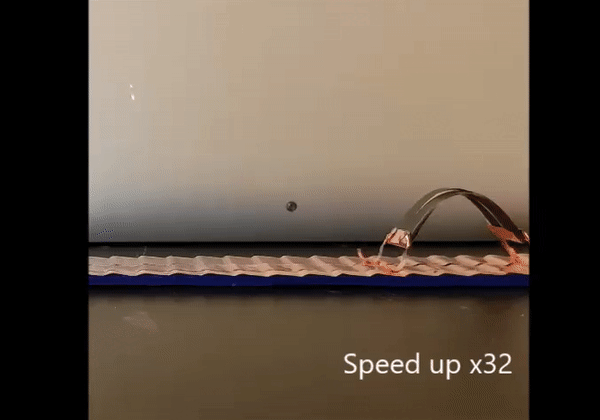
Soft robot programmed to move like an inchworm
U of T Engineering Professor Hani Naguib’s team takes inspiration from nature to design tiny flexible robots outfitted with smart materials
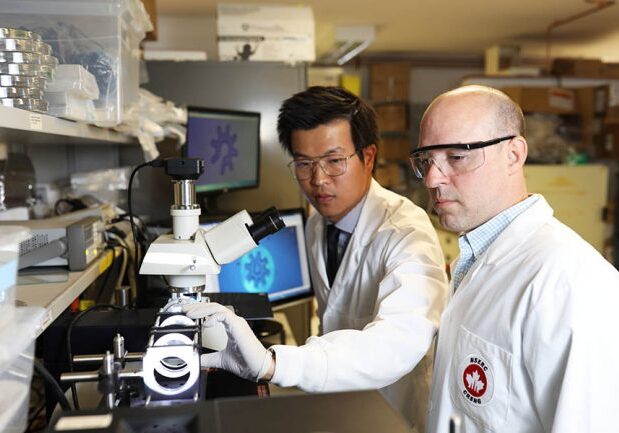
Microrobots to change the way we work with cellular material
Designed in Professor Aaron Wheeler’s (Chemistry, IBBME) lab, these optoelectronic microrobots can load, transport and deliver cellular material
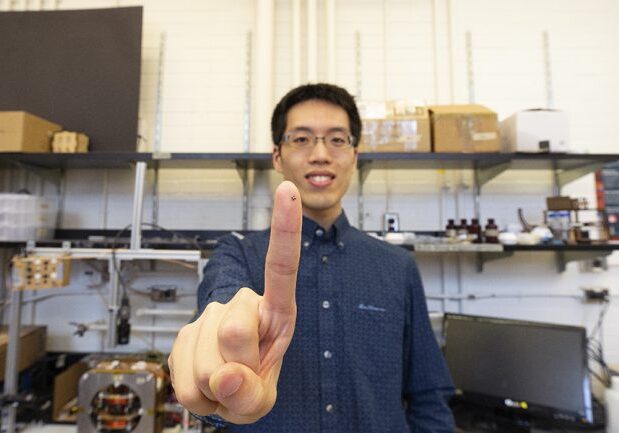
No assembly required: U of T Engineering researchers automate microrobotic designs
Professor Eric Diller’s lab uses magnetic 3D-printing technique to optimize the design and programming of tiny robots with health applications
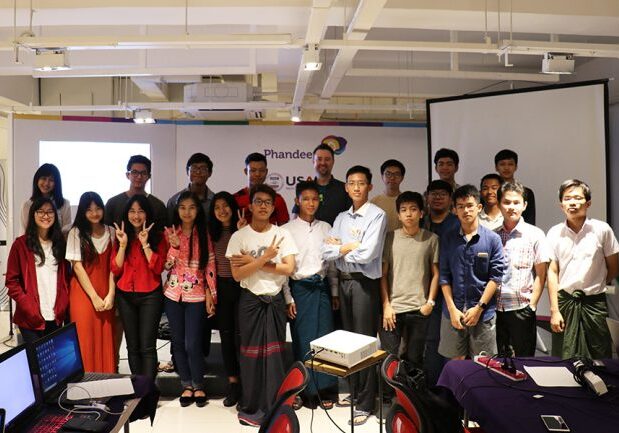
‘Knowledge is transformative’: UTIAS professor teaches robotics in Myanmar
Professor Jonathan Kelly (UTIAS) introduces local university students in Yangon, Myanmar to robotics and self-driving cars in week-long course

